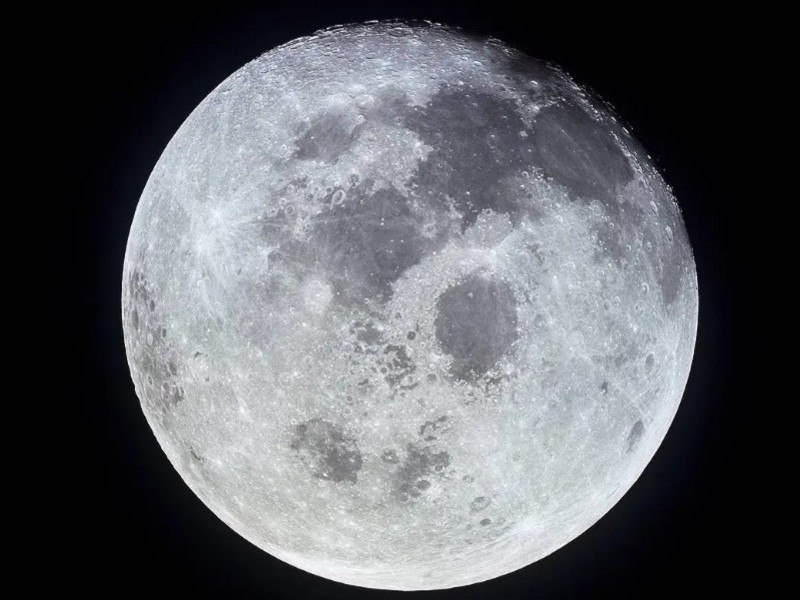
The Odysseus unmanned spacecraft successfully landed on the moon’s south pole, paving the way for NASA’s plans to bring astronauts back to the moon.
The US has received a boost to its space exploration endeavours, as one of its private lunar landers touched down on the moon’s surface for the first time in more than half a century.
The spacecraft – known as Odysseus – was built by US-based company Intuitive Machines and successfully launched from Earth on 15 February, after it detached from a SpaceX rocket. After roughly a week, it managed to land on the moon’s south pole before midnight yesterday (22 February).
NASA shared a video of the control team’s reaction when it was confirmed that Odysseus had landed on the moon’s surface. Intuitive Machines later confirmed that the lunar lander is “upright and starting to send data”.
“Right now, we are working to downlink the first images from the lunar surface,” Intuitive Machines said earlier today (23 February).
This also marks the first time a private moon lander has successfully made it to the lunar surface. Japan’s historic attempt at a private moon landing ended in disaster last year, while a different private US mission to the moon carrying NASA instruments ended in failure last month after a fuel leak was detected on the spacecraft.
The Intuitive Machines mission is being conducted in partnership with NASA as part of its Commercial Lunar Payload Services (CLPS) initiative, which involves bringing science and technology to the lunar surface by using private companies.
NASA said that the scientific instruments that are aboard Odysseus will “prepare us for future human exploration of the moon” under the Artemis missions. Marc Sarzi, head of research at the Armagh Observatory and Planetarium, explained last week that the Artemis programme aims to establish permanent bases on the moon.
“The key to establishing these bases is identifying optimal sites for their construction, such as permanently shadowed craters near the moon’s poles where iced water could sustain human operations,” Sarzi said.
The south pole is a prized location for the establishment of permanent bases and lunar exploration, which has caused other countries to eye the region for their own missions. Last August, India became the first country to successfully land a spacecraft – the Chandrayaan-3 – on the south pole of the moon.
NASA is planning to send astronauts to the south pole of the moon by 2025, but a US report issued toward the end of 2023 claimed NASA’s timeline is “unrealistic” and that a 2027 launch is more likely.
Find out how emerging tech trends are transforming tomorrow with our new podcast, Future Human: The Series. Listen now on Spotify, on Apple or wherever you get your podcasts.

